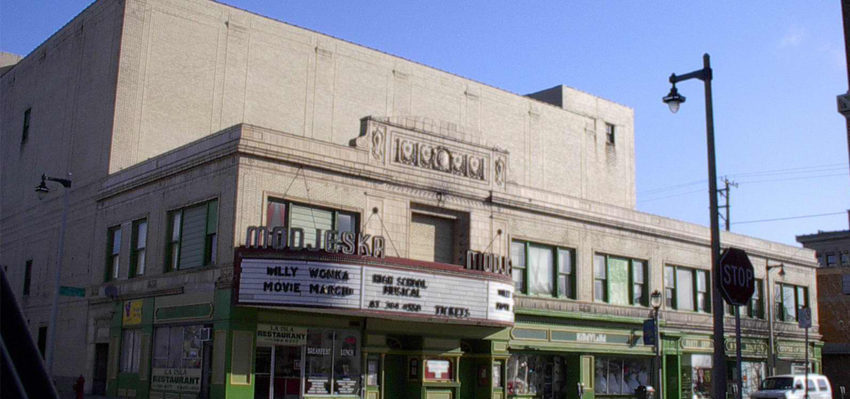 The latest TIF report by @MacIverWisc looks at how businesses in tax increment districts can get their own property taxes paid back to them via grants and other means. It's part of a revealing series. #wiright #wipolitics Click To Tweet
The latest TIF report by @MacIverWisc looks at how businesses in tax increment districts can get their own property taxes paid back to them via grants and other means. It's part of a revealing series. #wiright #wipolitics Click To Tweet
January 29, 2019
If everything you paid in property taxes went right back into your own pocket – are you really paying property taxes?
A Report By Bill Osmulski
Imagine paying your property taxes, and then your local government gave that money back to you to fix your roof – or build an addition – or a complete renovation. If you are a business in a TIF district, you already know this is no fantasy.
Local governments create TIF districts to encourage private development. They take out a loan to fund project costs, and then pay those loans back with the property taxes collected from the new development. Unfortunately, those project costs often include direct and indirect payments back to the same private businesses paying those property taxes. In other words, businesses pay property taxes, and the city gives it right back to them.
Subsidies are fairly obvious when they come in the form of grants. Another, more subtle method involves repayments or reimbursements.
Case in point. Modjeska Theater received a $228,000 grant to fix its roof in 2010 from its TIF district. That grant was funded by property taxes collected from Modjeska Theater – and then some. The theater only pays about $14,000 a year in property taxes, which means it will take the TIF about 16 years to recoup the grant’s expense.
Subsidies are fairly obvious when they come in the form of grants. Another, more subtle method involves repayments or reimbursements.
HellermannTyton Corporation spent $6.5 million upgrading its headquarters in a Milwaukee TIF district. The city gave it a $750,000 grant up front to help. HellermannTyton paid for the rest of the project, but the city will reimburse the corporation with its own property taxes until the district closes in 2032. The corporation pays about $100,000 every year in property taxes, which go right back into its own coffers. In the end, the corporation will have recouped around $1.5 million.
That’s right – the team is collecting interest on a loan it made to itself using its own property taxes.
Milwaukee worked out the same deal for the Bucks arena. The city provided a $12 million grant to build the arena’s plaza. All the property taxes collected in the TIF district will first pay back that amount. The Bucks, meanwhile, spent $8 million building the parking structure. After the $12 million grant is paid for, all the property taxes in the district will go to paying back the Bucks for that $8 million cost plus 4.5 percent interest. That’s right – the team is collecting interest on a loan it made to itself using its own property taxes.
This is just the tip of the iceberg in Milwaukee. The city has 35 active TIF districts, and they’re full of grants, forgivable loans, and repayments like the examples above. Grand Avenue Mall got $5 million for renovations, Tucker Development got $4.4 million to build “Granville Station”, DRS got $1.5 million to upgrade its factory, etc. etc. etc.
As mentioned in a previous MacIver report, all that net new construction allows the city to increase its tax levy. So not only are these companies essentially not paying property taxes thanks to TIF, they’re raising every else’s property taxes.
This same story plays out in TIF districts throughout the state. TIF is often described as a powerful tool for economic development. It’s little wonder why, considering it allows businesses to keep their property taxes, while continuing to benefit from public services that everyone else in the community has to pay for.